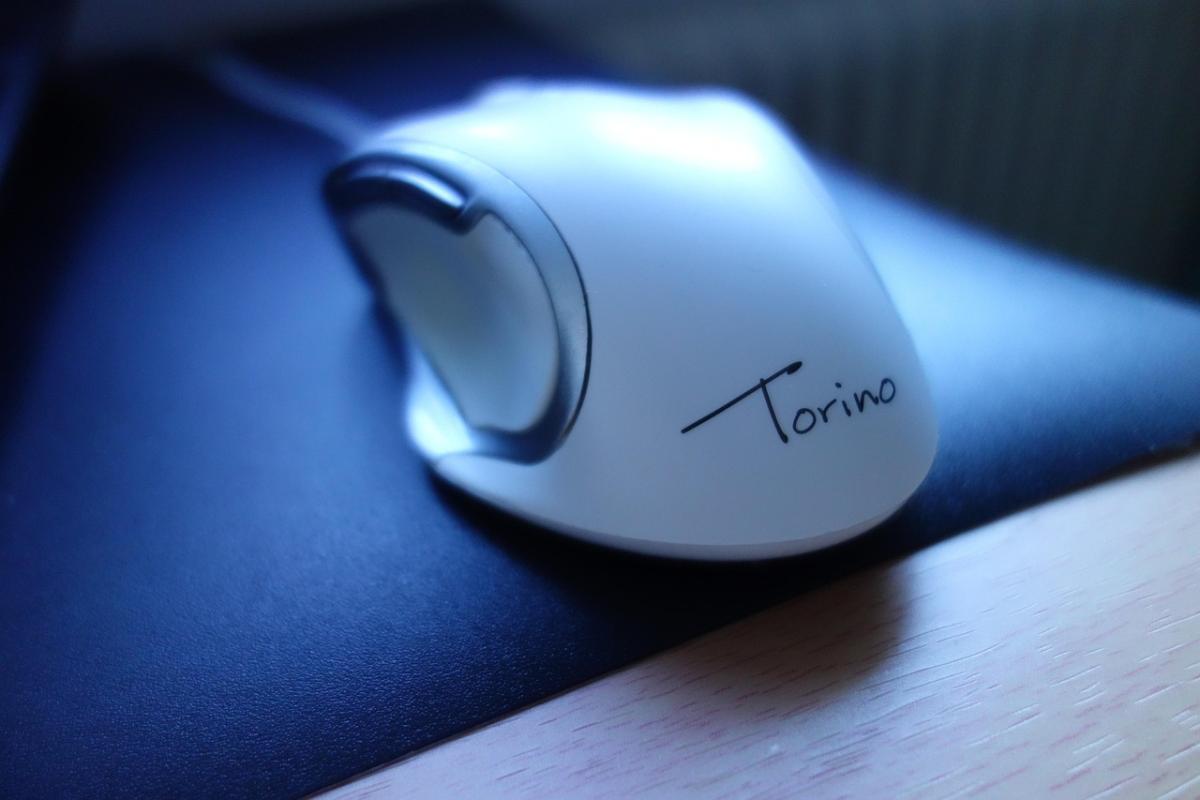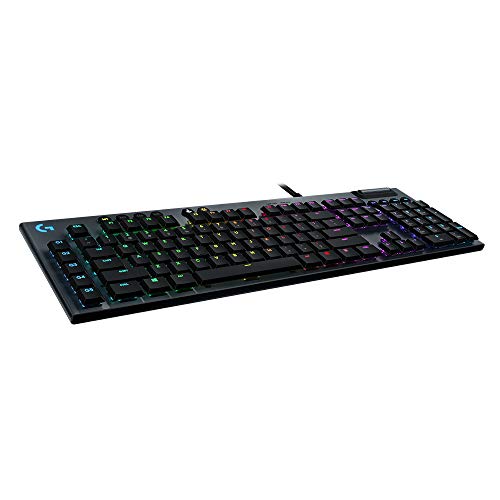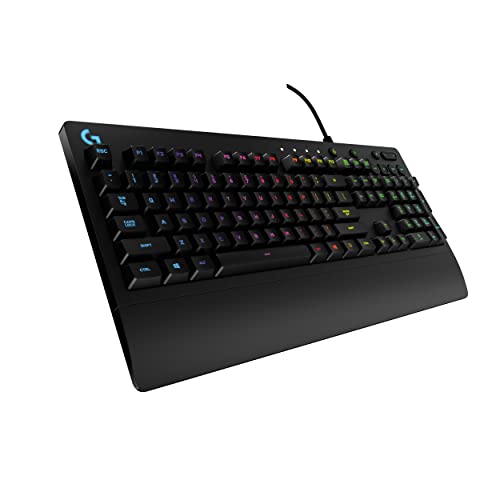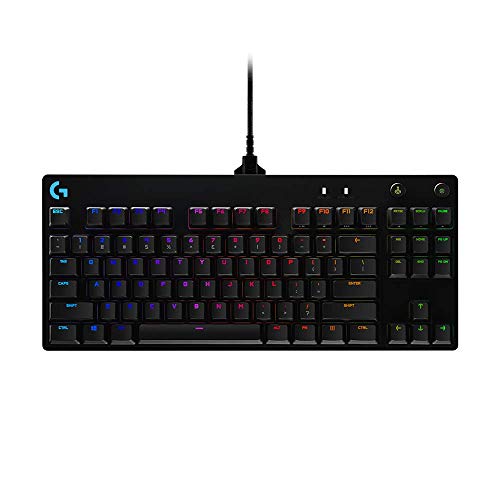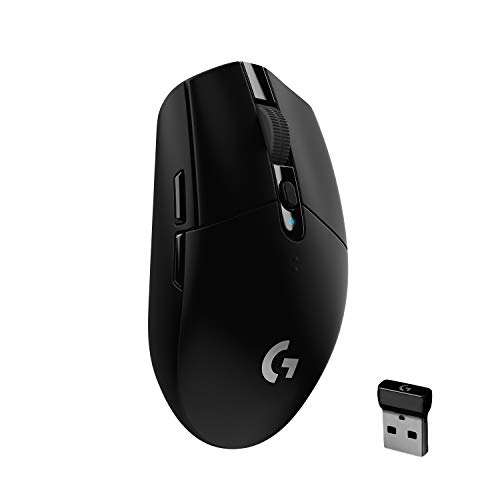Input latency in gaming peripherals can significantly affect the responsiveness and overall gaming experience. Minimizing delays in keyboard, mouse, and controller inputs helps ensure a competitive edge and enhances immersive gameplay on high‑performance PCs.
Utilize wired peripherals over wireless options to drastically reduce signal delay. Choose devices with higher polling rates and faster response times, and adjust firmware settings for optimal performance. Calibrate mouse DPI and keyboard responsiveness using specialized software, and regularly update drivers to maintain precise control. Additionally, consider the use of high‑speed USB hubs and ports to ensure consistent data transfer rates.
Benchmark your input devices and experiment with different settings to achieve the lowest possible latency. Fine‑tuning system configurations and disabling unnecessary background processes further contribute to reduced delay. Consistent monitoring and maintenance help keep peripherals operating at peak performance.
Reducing input latency is critical for achieving an edge in competitive gaming and ensuring smooth, uninterrupted gameplay. By selecting high‑quality peripherals, optimizing settings, and leveraging wired connections, you can create a responsive and immersive gaming experience.
Minimizing Input Latency in Gaming Peripherals: The Ultimate Guide
Introduction
In competitive gaming and immersive virtual worlds alike, every millisecond counts. Input latency—the delay between a physical action on your keyboard, mouse, or controller and the corresponding response on-screen—can make or break crucial moments in fast-paced shooters, real-time strategy titles, and precision platformers. High-performance PCs paired with optimized peripherals deliver the lowest possible delay, giving you smoother gameplay, pinpoint accuracy, and a genuine competitive edge.
This in-depth guide explores the root causes of input latency, proven techniques to lower delay, and strategies for continuous improvement—ensuring your gaming rig and peripherals remain finely tuned for maximum responsiveness. Use our guide to transform your setup into a precision instrument that reacts instantly to every keystroke, click, and joystick flick.
Why Input Latency Matters
- Competitive Advantage: In esports and online matches, victories often hinge on split-second reactions. A mouse click that registers 5 ms faster than your opponent’s can land a headshot or dodge a critical strike.
- Immersion & Flow: High latency pulls you out of the experience—actions feel sluggish, animations stutter, and control “disconnects.” Reducing delay sustains flow state, improving both enjoyment and performance.
- Precision & Control: Low-latency peripherals translate subtle hand movements into accurate in-game adjustments, critical for fine-aiming in first-person shooters or micro-management in real-time strategy games.
Understanding the Components of Input Latency
- Device Polling Rate: How often your peripheral reports its status to the PC, measured in Hz. Common rates are 125 Hz (8 ms interval), 500 Hz (2 ms), and 1000 Hz (1 ms).
- Signal Transmission: Whether your peripheral uses a wired USB connection or a wireless radio/Bluetooth link. Wired connections avoid packetization and retransmission delays inherent in wireless protocols.
- USB Hub & Port Performance: Sharing bandwidth across multiple devices or using underpowered hubs can introduce queuing delays. High-speed, dedicated USB 2.0/3.0 ports minimize this effect.
- Firmware & Driver Overhead: Embedded microcontrollers process raw sensor data, apply smoothing or acceleration filters, then hand off to PC drivers. Outdated or generic firmware/drivers add unnecessary processing time.
- Operating System & Background Processes: Kernel scheduling, interrupt handling, and CPU load from antivirus, OS services, or other applications can delay the processing of USB interrupts.
Techniques to Lower Input Latency
1. Prioritize Wired Connections
Switch to a high-quality USB-wired mouse, keyboard, or controller. Use a braided, low-resistance cable with minimal drag for gaming mice. Reserve wireless peripherals for convenience devices rather than precision gaming.
2. Maximize Polling & Report Rates
Set your mouse or keyboard to a 1000 Hz polling rate in its firmware or configuration software. Confirm the change with tools like Mouse Rate Checker. Note that higher polling rates slightly increase CPU load, but modern multi-core processors handle this without hiccups.
3. Update Firmware & Install Manufacturer Drivers
Download the latest firmware updates for your gaming devices and install optimized drivers (e.g., Logitech G Hub, Razer Synapse, SteelSeries Engine). Avoid generic OS drivers that lack performance tweaks.
4. Calibrate DPI & Sensitivity
Use your peripheral’s configuration utility to set DPI (dots per inch) between 400 and 1600 for competitive FPS. Disable software acceleration or smoothing filters—switch to raw input when possible. Sync in-game sensitivity with DPI settings to minimize cursor scaling and improve muscle memory.
5. Use High-Speed USB Hubs & Ports
Connect gaming peripherals directly to USB 2.0 or 3.0 ports on your motherboard’s rear I/O instead of front-panel or generic hubs. For extra ports, choose a self-powered, high-bandwidth hub with dedicated upstream/downstream controllers.
6. Optimize Operating System Settings
Disable USB power-saving and selective suspend in Windows Power Options or Linux autosuspend configuration. Elevate the priority of your game process via Task Manager or nice/ ionice on Linux. Disable background apps, overlays, and screen capture tools that periodically sample input devices.
Implementation & Continuous Improvement
Benchmark & Measure
Use latency-testing tools like TimerMeter, HIDUSBF, or Direct Mouse Rate to log round-trip delays under different settings. Benchmark across multiple games—osu!, CS:GO, real-time strategy titles—to account for engine-specific input handling variances.
Iterative Tuning
- Track Baseline Performance: Record input latency with default settings.
- Apply One Change at a Time: Increase polling rate, update firmware, switch cables, tweak OS power options—logging each change’s impact.
- Compare Results: Use before/after graphs to confirm genuine improvements, then lock in the optimal configuration.
Disable Unnecessary Features
- Turn off RGB lighting effects during intense gaming sessions—LED drivers consume CPU cycles and USB bandwidth.
- Disable macro recording or memory playback on keyboards if unused in your game.
- Test headset virtual surround sound both enabled and disabled to see which yields lower processing delay.
Monitor System Health
Keep CPU and GPU loads below 80% during critical gaming sessions—thermal throttling or CPU spikes can delay USB interrupt servicing. Ensure your motherboard’s chipset drivers are up to date, as they include USB controller optimizations.
Periodic Maintenance
- Re-test latency after major driver updates or OS upgrades.
- Clean and inspect cables, USB connectors, and mouse feet for consistent physical performance.
- Store backup configurations and firmware images to roll back if needed.
Advanced Tips for Esports & High-Level Play
- PS/2 Adapters for Keyboards: Some competitive players use PS/2 mode on mechanical keyboards to bypass USB polling entirely, achieving sub-1 ms latency.
- Custom Microcontroller Firmware: Communities like QMK and OpenRGB offer open-source firmware that strips out unused features and directly drives keyboard matrices for minimal scanning delay.
- USB Hub “Latency Lock” Mods: High-end modders upgrade hub components to stabilize USB timing, shaving off microseconds of jitter.
- DMA Mapping: On Linux, bind USB interrupt queues to specific CPU cores via
irqbalanceor manualsmp_affinitytweaks—dedicating cores to gaming tasks.
Conclusion
Reducing input latency isn’t just about having the fastest mouse or keyboard on paper—it’s a holistic process encompassing hardware selection, firmware optimization, USB infrastructure, operating system tuning, and disciplined benchmarking. By favoring wired gaming devices, maximizing polling rates, updating firmware, calibrating DPI, and maintaining a lean system environment, you’ll cultivate a responsive, low-latency setup that elevates both casual play and competitive performance.
Invest the time to iterate and monitor—every incremental gain compounds into tangible on-screen advantages, letting you outmaneuver opponents and enjoy truly immersive gaming. Start applying these techniques today to experience near-instant feedback from your gaming peripherals.
